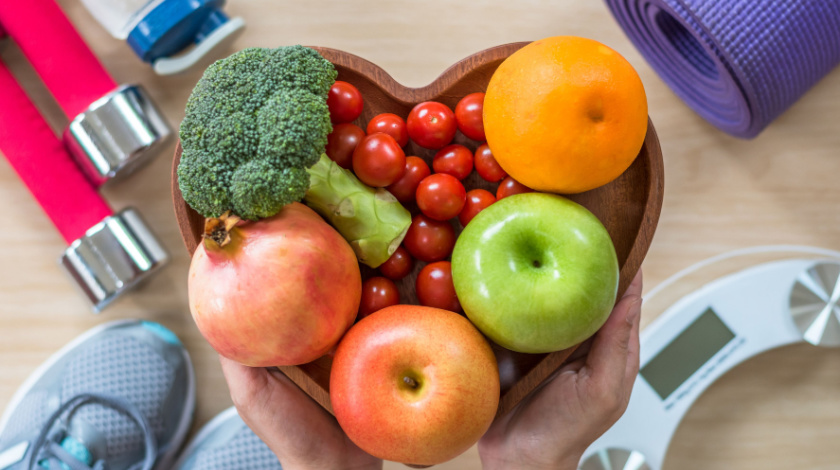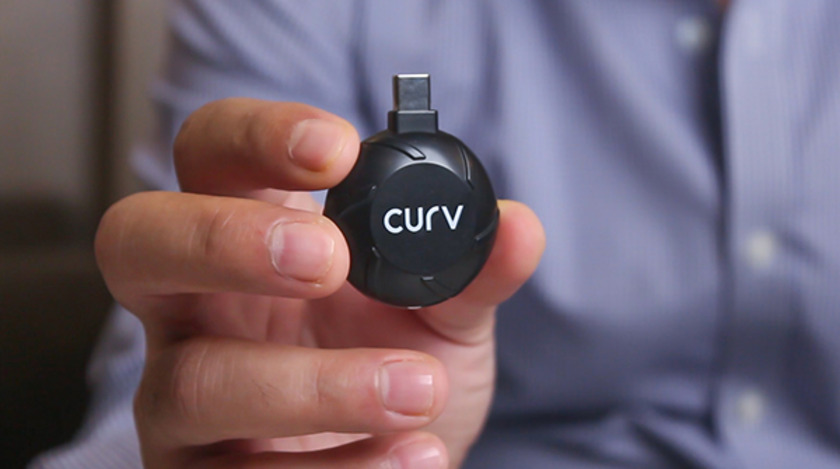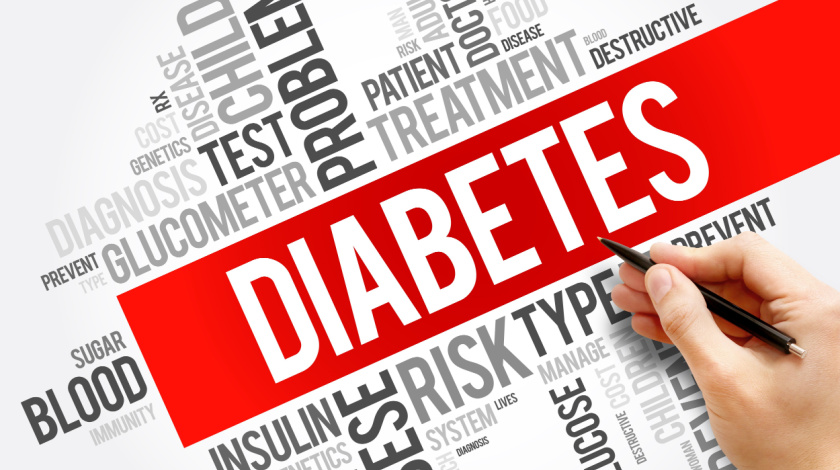At the very outset, you need to understand that diabetes, especially type 2, is reversible. However, there is a catch. It will only mean reduction and not a cure. This reversal could be through exercise, diet, or a combination of both. Although you will be off medications, you must pursue your newly developed regime. Any lapse will push your glucose level beyond the threshold. In the case of type-1 people with diabetes, reversing diabetes naturally (diet & exercise) will only mean reduced insulin intake and freedom from long-term collateral medical issues. For the uninitiated, diabetes is caused when the pancreas produces insufficient insulin or the body is unable to use it efficiently, a condition called “Insulin Resistance”.

On the other hand, being pre-diabetic refers to those individuals who have crossed a certain threshold (fasting blood sugar test reading above 100 mg/dL but below 125 mg/dL). Fortunately, this class of diabetes can be completely reversed.
How to Reverse Pre-Diabetes?
Before knowing how to reverse pre-diabetes, you need to understand the reason for it. Although the cause is still unclear, medical experts believe it has something to do with insulin resistance. Even so, it is completely reversible by changing lifestyle habits, adhering to a diabetes-friendly diet, and following your health provider’s instructions. Remember, pre-diabetes is a condition where the blood sugar levels are high but below the stipulated value.
Read on to learn more about reversing diabetes naturally and the strategies you can adopt for a healthier future.
Understanding Diabetes Reversal – What It Means?
Diabetes is not only a complex illness, it is also intriguing. It can be manageable if taken seriously and equally lethal if left untreated or ignored. It is emotionally draining, too. However, not everything is lost. As the old saying goes, every cloud has a silver lining, and so does diabetes. Although type-2 diabetes cannot be cured permanently, it can be reversed completely or partially depending on its current intensity and the individual’s medical profile. It simply means you will be tagged as “diabetes free” or in some cases “pre-diabetic”. Either way, you must follow your doctor’s advice and regime religiously. Any lapse will change your status from normal to diabetic.
The Power of Nutrition – Diet Changes for Diabetes Reversal
If you are looking to reverse type-2 diabetes, then your food choices matter a lot. Medical experts believe carb-free foods are an excellent way to begin your diabetes reversal journey. Secondly, consuming nutrient-rich foods such as whole grains, legumes, green leafy vegetables, and fruits that have low GI can go a long way in reducing the blood sugar value and thereby trigger diabetes reversal. Fish and nuts are other foods vital for this cause and a perfect constituent for your diet meal plate. While the former is rich in omega-3 fats, the latter is a powerhouse of nutrients such as protein, healthy fats, vitamins, fibres, etc. The idea is to reduce carb and calorie intake and replace it with low-GI food items which are nutrient-rich. Want to get off medication? Then, adopt this routine.
Moving Towards Wellness – Exercise and Physical Activity
Exercise and targeted physical activities reward people with diabetes with a bouquet of benefits. This includes improved blood glucose levels (due to weight loss), long-term freedom from cardiovascular ailments, and a sense of well-being. Mentioned below are some of the typical routines that will help you move towards good health and help you achieve your “reversal diabetes” goal.
-10 minutes of stretching / muscle loosening workout.
-10 minutes of aerobics, such as brisk walking, running, swimming, or cycling.
-10 minutes of resistance training such as squats, lunges, deadlifts, or resistance band exercises.
However, you need to make sure these exercises are fine-tuned to accommodate your diet and diabetes factors (medication and insulin intake). The idea is to work out 5-times a week with a combined duration of 150 minutes.
Stress Management and Diabetes – Reducing the Impact
Innumerable medical studies have proved that stress is one of the culprits that influence/increase glucose levels in the bloodstream. It is how our body reacts to physical and mental upheavals. The moment adverse conditions or situations surround us, our body releases certain hormones to fight the abrupt tension and improve mood. Most of the time, these episodes are random and scattered along an extended timeline. However, if stress is persistent, then the hormones released by the body can result in insulin resistance.
Stress also makes individuals look for escape routes. And one of the most common and easy options is binge eating. This aggravates the situation further. It can result in elevated blood glucose levels, hindering your “reverse type-2 diabetes” goal. Stress can play havoc with type-1 people with diabetes because managing their highly fluctuating blood sugar levels may become extremely difficult. Some options to address stress include—yoga, breathing exercises, medications, and dedicated stress therapies.
Tracking Your Progress – Monitoring and Celebrating Success
Monitoring and tracking the impact of insulin resistance diet and exercise is equally important. As mentioned earlier, your food should contain minimum carbs and maximum nutrients. Make sure you keep track of calories and carbs intake as well. For type-1 people with diabetes, CGMs play an important role. Without a continuous glucose monitoring system, you must check your blood glucose levels frequently, as diet and exercise can significantly disrupt this marker. You will also need to tweak it occasionally. Type-2 and pre-diabetics can make do with a handy glucometer and glucometer strips. Unfortunately, pre-diabetic affliction often remains a secret. Look out for darkening of skin in certain areas. It is one of the insulin resistance symptoms.
Activity Trackers –
Pre-diabetics and diabetics can also exploit activity trackers to monitor the impact of workouts. It provides insights/information, which includes distance walking/running, calorie consumption, and even heartbeat.
Conclusion
Diabetes is a complex, chronic illness that needs to be addressed through multiple strategies, including medicines. If you are tired of medicinal drugs, then an insulin resistance diet and exercise can help you reduce your blood glucose levels. However, countering diabetes naturally will mean perpetually adhering to diet and exercise routines. Any lapse can change the situation because diabetes is reversible but not 100% curable.




